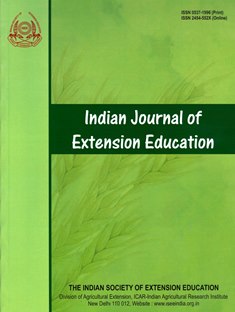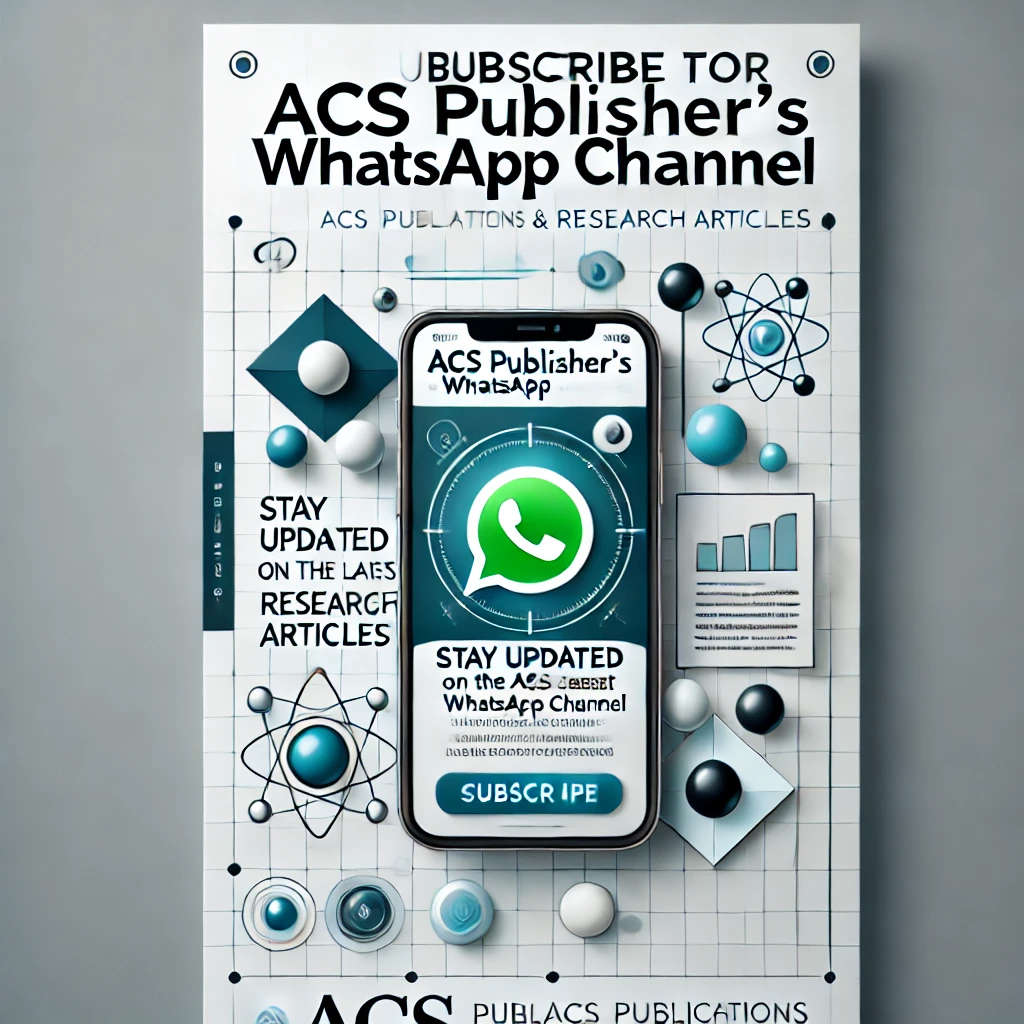Economic Impact of Extension Interventions on Composite Carp Culture in Dhenkanal and Kandhamal, Odisha
DOI:
https://doi.org/10.48165/IJEE.2025.612RN03Keywords:
Composite carp culture, Aquaculture, B:C ratio, Return on investment, Scientific carp culture technologyAbstract
The aquaculture sector is rapidly growing, significantly contributing to the Indian and global economies by ensuring nutritional security and supporting livelihoods. Composite carp culture is one of the most extensively used technology. The study was carried out in Dhenkanal and Kandhamal districts of Odisha attempts to determine whether composite carp farming is economically viable by examining the costs and benefits of the technology. Data were collected from 220 fish farmers of both Dhenkanal and Kandhamal districts before and after adoption of Scientific carp culture technology. The total pond area was 3.6 ha in Dhenkanal and 3.7 ha in Kandhamal district. The mean fish yield was 1047.1 kg/ha/yr and rose to 2032.1 kg/ha/yr in Dhenkanal and 1247.2 kg/ ha/yr to 2554.5 kg/ha/yr in Kandhamal. Rate of return on total investment (ROI) and Benefit-Cost ratio (B:C ratio) of Dhenkanal and Kandhamal ponds, after intervention was worked out as 124.7 per cent, 1.2 and 169 per cent, 1.7 respectively. Supplementary feed accounted for the largest portion of the cost of fish production, followed by pond leasing value and pond preparation costs. The study suggests that the composite carp culture method is economically viable and has a remarkable benefit-cost ratio.Downloads
References
Ali, M. H., Hossain, M. D., Hasan, A. N. G. M., & Bashar, M. A. (2008). Assessment of livelihood status ofthe fish farmers in some selected areas of Baghmara Upazilla under Rajshahi district. Bangladesh Agricultural University, 6(2), 367-374.
Ananth, P. N., Sahoo, P. R., Dash, A. K., Pati, B. K., Jayashankar, P. & Singh, S. R. K. (2014). A study on community based aquaculture promoted by KVK-Khordha, Odisha, India. Current World Environment, 9(3), 947-951. http://dx.doi.org/10.12944/ CWE.9.3.47
Anonymous (2023). About Dhenkanal District. Available at: https:// dhenkanal.odisha.gov.in/about-district/about-us. Accessed on: 21 December 2023.
Biswas, A., Acharjee, S. K., & Haque, M. A. (1991). Adoption of composite fish culture in the context of some psychological orientation. Environment and Ecology, 9(3), 661-663.
CEICdata.com. “India Fish Production: Odisha.” CEICdata.com, 2024, https://www.ceicdata.com/en/india/fish-production/fish production-odisha Accessed 5 Aug. 2024.
Chouhan, P. (2015). Comparative study of fish production and earning from fish culture in two years in Barwani district, MP, India. Research Journal of Animal, Veterinary and Fishery Sciences, 3(7), 5-8.
Das, B. K., Sahu, S. K., & Parida, P. K. (2021). GIS mapping of inland water bodies of Odisha, ICAR-Central Inland Fisheries Research Institute, Barrackpore, Sailee Press Pvt. Ltd. Kolkata pp. 256.
Debnath, C. (2024). Composite fish culture enhances fish productivity in rural Tripura, Northeast India. Indian Farming, 74(6), 24- 27. https://epubs.icar.org.in/index.php/IndFarm/article/view/ 147080/55191
De, H. K., Shasani, S., Das, M. K., & Saha, G. S. (2020). An economic appraisal of composite carp culture in West Bengal. Journal of Extension Education, 32(2), 6492-6499. https://doi.org/ 10.26725/JEE.2020.2.32.6492-6499.
De, H. K., Shasani, S., Das, M. K., Das, S., Gudipudi, S., Mahapatra, A. S., & Saha G. S. (2022). Composite carp culture in Andhra Pradesh and Odisha: A comparative study. Indian Journal of Fisheries, 69(3), 36-42. https://doi.org/10.21077/ ijf.2022.69.3.110946-05.
Dickson, M., Nasr-Allah, A., Kenawy, D., & Kruijssen, F. (2016). Increasing fish farm profitability through aquaculture best management practice training in Egypt. Aquaculture, 465, 172– 178.
Dutta, M. P., Kalita, B., Hussain, S. M., & Bhagawati, K. (2022). Constraints in adoption of scientific fish farming in Nagaon District, Assam. Indian Journal of Extension Education, 58(3), 190–192. https://doi.org/10.48165/ijee.2022.58339
Firth, C. (2002). The use of gross and net margins in the economic analysis of organic farms. In: Proceedings of the UK Organic Research 2002 Conference. Organic Centre Wales, Institute of Rural Studies, University of Wales Aberystwyth, pp. 285–288.
Gupta, T., & Dey, M. (2015). Socioeconomic and cultural profile of fish farmers: a study in and around the Lumding town, Nagaon district Assam. Indian Journal of Environmental Sciences, 19(1&2): 71-78.
Manam, V. K., & Quraishi, M. A. (2024). Comprehensive review on Indian major carps: An integrated approach to pond cultivation, nutrition, and health management for sustainable aquaculture. International Journal of Fisheries and Aquatic Studies, 12(1), 1-12. http://dx.doi.org/10.22271/fish.2024.v12.i1a.2884
Mondal, A. H., Dana, S. S., & Ray, M. (2024). Management orientation of members of fish farmers producer organizations (FFPOs). Indian Journal of Extension Education, 60(3), 110– 113. https://doi.org/10.48165/ijee.2024.603rn05
Mondal, A., Dana, S. S., Ray, M., Kumari, N., & Karjee, R. (2024). Communication behavior of fish farmers with regard to scientific fish farming: a study from Purba Medinipur District of West Bengal. Indian Journal of Extension Education, 60(2), 11- 16. https://doi.org/10.48165/IJEE.2024.60202
Olasunkanmi, J. B. (2012). Economic analysis of fish farming in Osun state, south-western Nigeria. In IIFET 2012 Tanzania
Proceedings, Department of Fisheries and Wildlife Management, College of Agriculture, Ejigbo Osun State University, Osogbo. Nigeria.
Paik, T. K., Acharya, S. K., Chakraborty, S. K., Biswas, S., & Haque, A. (2010). Assessment of the productivity of fishery in lentic aqua system from a score of Bio-social and Techno managerial factors. Journal of Inland Fisheries Society of India, 42(1), 23- 32. https://doi.org/10.47780/jifsi.42.1.2010.121469
Manju Lekshmi, N., Praveen, K. V., Sreekanth, G. B., Pratap Singh, N., Vennila, A., Ratheesh Kumar, R., & Pandey, P. K. (2019). Economic Evaluation of Different Aquaculture Systems in Coastal waters of Goa, Southwest Coast of India. Fishery Technology, 56, 231-241. https://epubs.icar.org.in/index.php/FT/article/view/ 92248
Sahoo, B., Panigrahi, A., Behera, S., & Das, S. (2021). Freshwater aquaculture in Kandhamal district prospects and potentials. Journal of Aquaculture, 29-36 https://doi.org/10.61885/ joa.v29.2021.267.
Shasani, S., & De, H. K. (2020). Constraints to adoption of composite carp culture technology in Dhenkanal district of Odisha. Journal of the Inland Fisheries Society of India, 52(1), 100-105. https:/ /doi.org/10.47780/jifsi.52.1.2020.106550
Singh, K., (2006). Relative and marginal effects of fish production on family income inequality in Tripura: Decomposition of Gini by income sources. Agricultural Economics Research Review, 19, 353-366. https://doi.org/10.22004/ag.econ.57769
Singh, K. (2007). Economics and determinants of fish production and its effects on family income inequality in West Tripura District of Tripura. Indian Journal of Agricultural Economics, 62(1), 113-125. https://doi.org/10.22004/ag.econ.204508
Singh, P. K. (2019). Comparative study of composite fish culture and local practices of fish culture in Surguja district of Chhattisgarh. Journal of Krishi Vigyan, 7(2), 36. https://doi.org/10.5958/2349- 4433.2019.00007.2.
Downloads
Published
Issue
Section
License

This work is licensed under a Creative Commons Attribution-NonCommercial-NoDerivatives 4.0 International License.

